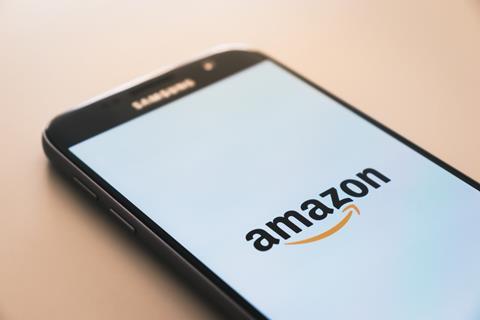
“Amazon is winning lucrative shopper marketing budgets.”
So declared an article on Digiday earlier this week, which went on to claim that “some advertisers are taking more of the money they would have traditionally spent with supermarkets like Walmart and Tesco to buy as much as half of their ads on Amazon instead”.
While I agree that money is shifting to ads on Amazon, I don’t believe it is currently as big as half in the UK. So what impact is Amazon really having on shopper marketing budgets?
There’s no denying brands want to be a part of the ‘Amazon effect’.
Brands have always overinvested marketing spend behind growth, partly to learn and partly to establish strong commercial foundations early.
Specifically, in fmcg, Amazon Fresh has some attractive qualities – it offers convenience, an ability to save on repeated orders of products (essentially discounts in return for customer loyalty) and shoppers can ‘add-on’ grocery items when buying other items online. Brands will want to sell their products on that platform, and they will want to use Amazon’s advertising to directly drive sales of those products on Amazon.
On the surface this might seem like a threat to traditional retailers, but the reality is that 93% of grocery shopping still takes place in store, and I doubt Amazon’s growing platform will be strong enough to seriously dent this trend any time soon.
Brands are using Amazon to generate sales in other retailers
Where Amazon poses a real threat in the advertising landscape is when fmcg brands use the Amazon platform to advertise their brands more broadly, to generate sales not just through Amazon but also in other retailers.
Amazon has market-leading scale in consumer purchase data and an unrivalled ability to leverage it for advertisers. This is what will allow it to punch above its weight when it comes to attracting fmcg marketing spend.
Its transparency and ability to completely optimise brands’ advertising spend is really what sets it apart from other grocery retailers. Amazon can give you performance metrics on every part of the customer journey, as well as the ability to target an extremely specific target audience.
We recently ran a campaign with a coffee brand to test Amazon’s offering and understand if we could use Amazon advertising to drive sales in UK supermarkets.
Using Amazon’s rich customer data pots, we were able to identify a very niche audience of coffee capsule purchasers, in specific regions of the UK.
Having reviewed the results of the campaign, we found Amazon not only contributed significantly to overall impressions, but it also generated a strong repeat purchase effect, with 56% customers buying again on the Amazon platform within a three-month period. Even more interestingly, we also found a significant impact on in-store sales of the coffee capsules in supermarkets, meaning that advertising with Amazon also created an additional uplift in the grocers.
Rather than feeling threatened by this, retailers should be learning from Amazon and the way it operates as a media owner. By putting transparency, targeting and measurement at its heart, it’s delivering better results for brands – and therefore likely to capture more than its fair share of marketing investment.








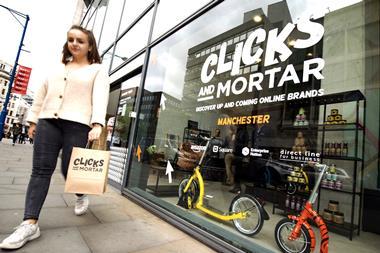
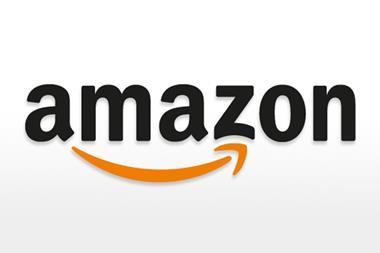

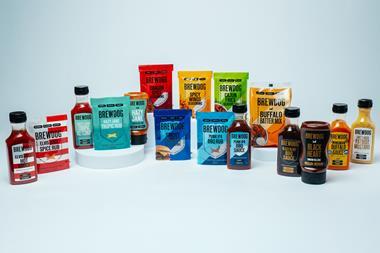






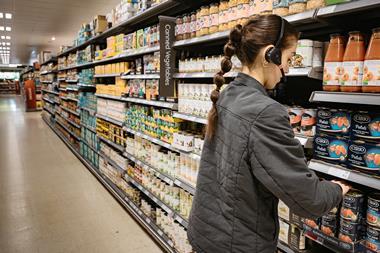
No comments yet